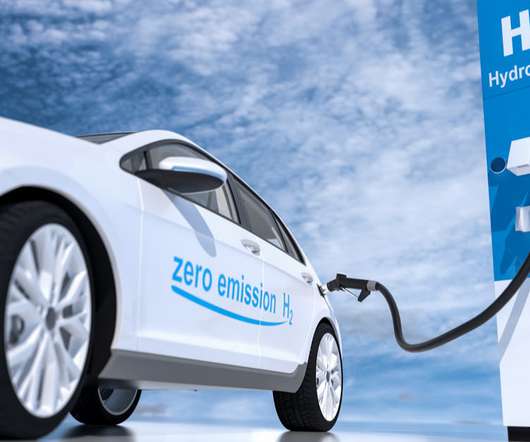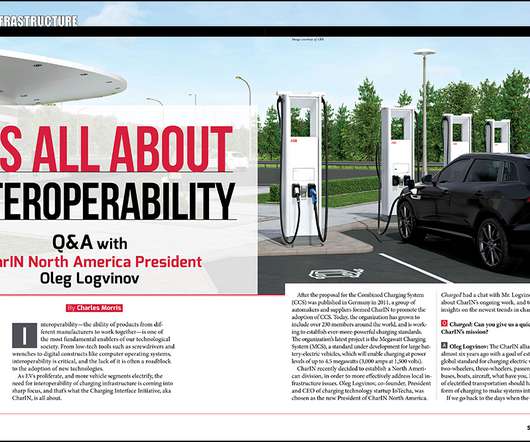What are Fuel Cell Electric Vehicles? Will They Replace BEVs?
Get Electric Vehicle
OCTOBER 29, 2021
Fuel Cell Electric Vehicles (FCEV) are similar to BEVs in that they have an electric-only powertrain, but they store energy differently. FCEVs store hydrogen gas in a tank rather than charging a battery. The fuel cell’s electricity then powers an electric motor, which drives the vehicle like a BEV.















Let's personalize your content